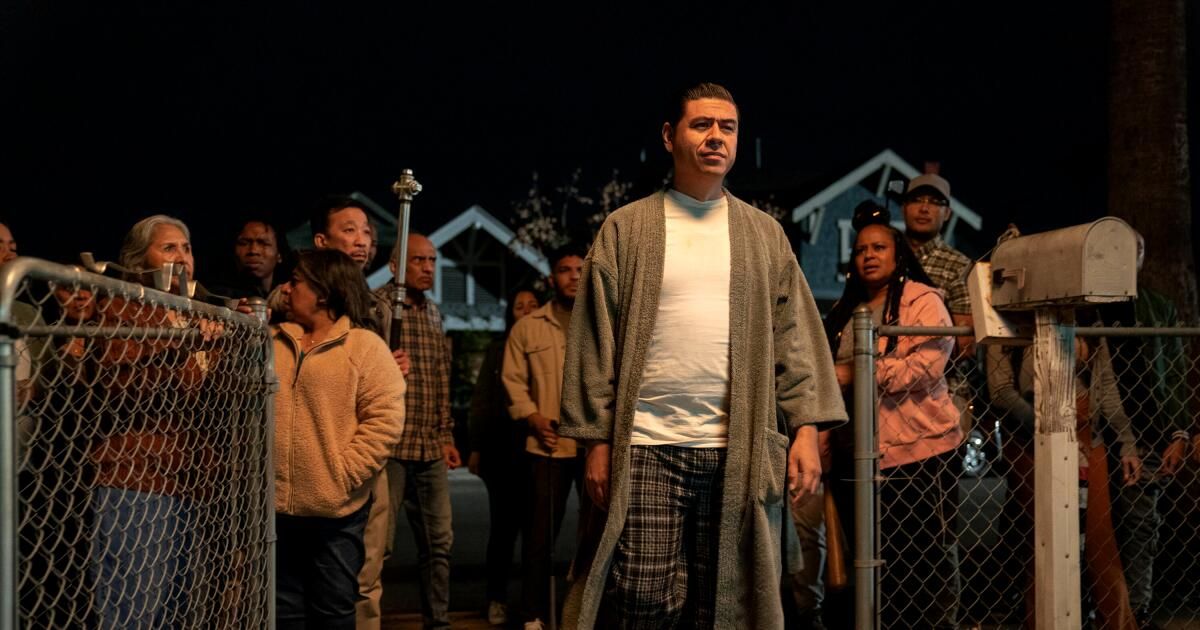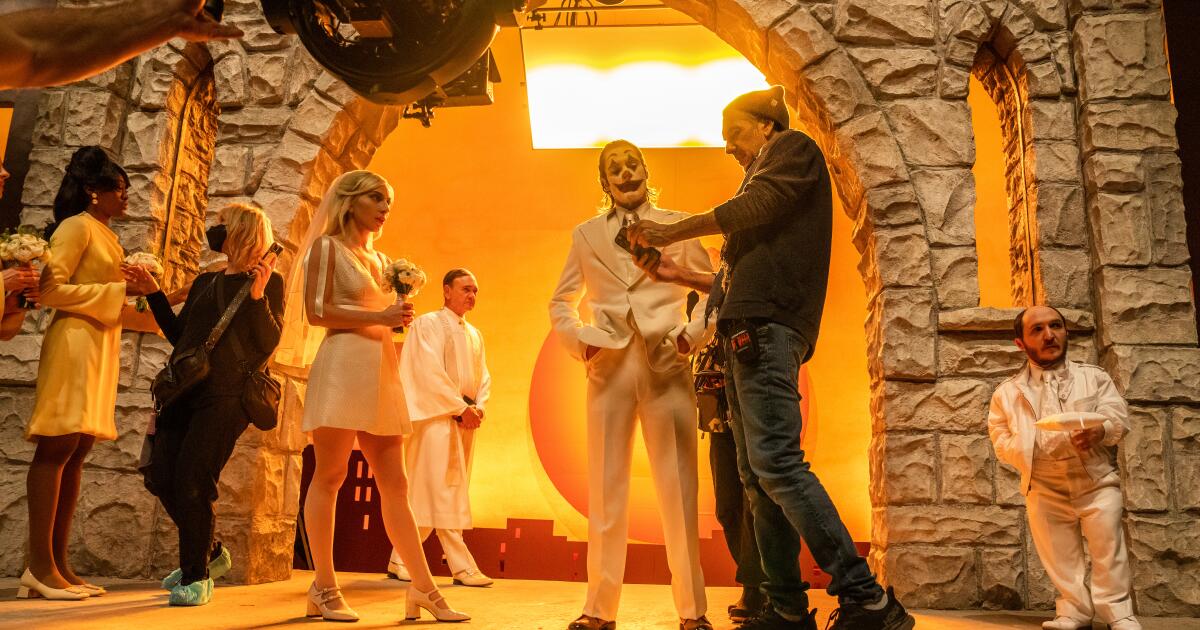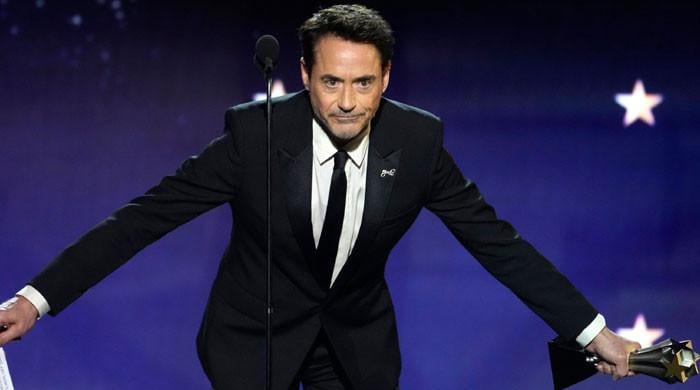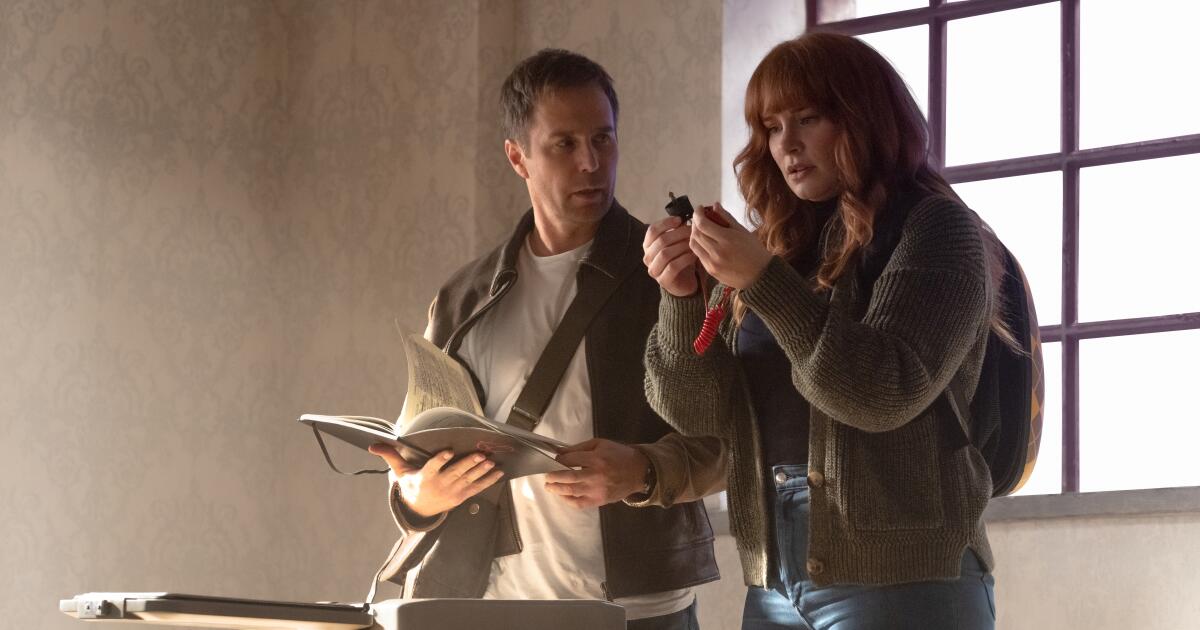Every time the latest TV show starring Latinos as something other than drug dealers, maids, or immigrants (you know, like normal people) is canceled, I think of Chris Rock.
In 2014, my favorite comedian of all time wrote an essay for the Hollywood Reporter that remains one of the best reviews of Tinseltown I've ever read. He attacked the lack of diversity in film and television, calling it “a white industry” that wouldn't take a chance on young black comedians and yet categorized successful black-led projects as niche efforts rather than the mainstream hits they were. .
However, Rock launched his most ruthless criticism of the lack of Latinos in the industry in a city where we make up almost half of the population.
“You're in Los Angeles,” he wrote, “you have to attempt “Do not hire Mexicans.” Rock went on to describe Los Angeles as a “slave state” where there is an “acceptance that Mexicans are going to take care of white people… that doesn't exist anywhere else.”
The essay holds up a decade later, even as diversity has increased in Hollywood. Black creatives such as Taraji P. Henson, Michael B. Jordan and Quinta Brunson have starred in critical and commercial hits that highlighted their talents in front of and behind the camera. Asian American advocacy groups campaigned to ensure productions like “Fresh Off the Boat” and “Crazy Rich Asians” started strong.
And yet, not enough Latinos have arrived, not for lack of trying, whether on their part or the industry that Rock reviled.
Since Rock's article, a number of television shows have featured Latino stories from Southern California that have rarely caught the attention of Hollywood. “East Los High,” which aired on Hulu from 2013 to 2017, was a typical high school soap opera that just happened to take place in East Los Angeles. Netflix aired two similar teen tales: “On My Block” was set on a fictional campus in South LA (and spawned its own spinoff, “Freeridge”), while “Mr. Iglesias” chose the real-life Wilson High in Long Beach for its laughs, with contemporary Rock comedian Gabriel Iglesias in the lead role.
Two other shows, “Vida” and “Gentefied,” depicted clashes over gentrification on the Eastside. Meanwhile, a remake of the Norman Lear comedy “One Day at a Time” told the story of a multigenerational Cuban-American family in Echo Park. Rounding out the list was “This Fool,” a Hulu comedy about working-class South Los Angeles.
A scene from the Netflix reboot of “One Day at a Time,” this time featuring a Cuban-American family in Echo Park.
(Michael Yarish/Netflix)
Each series did a great job of representing the sections of the city and communities they sought to represent. They gained devoted fan bases. They all shared the same sad fate: low ratings that led to cancellations, and “This Fool” was axed last week.
Its premature end provoked the same reaction as previous cancellations: disappointment, hashtags (share #savethisfool with your friends, please) and, especially, anger that Hollywood still doesn't have enough shows starring Latinos and doesn't seem to support the few that are made.
Those reactions are understandable, even fair. However, the most culpable parties always seem to get overlooked: the people, especially Latinos, who aren't watching.
Shows with diverse casts tend to get higher ratings and Latinos like to watch themselves on TV, according to data compiled in the UCLA Media and Entertainment Research Initiative's annual report on diversity in Hollywood. The problem is as Those shows describe Latino life and how dedicated Latinos are to supporting programs that center them.
The only Latino-themed shows to rank among the top 10 most-watched shows for a non-Latino ethnic group in the six years of the UCLA study were the narcodrama “Queen of the South” and “On the Block,” both favorites. among black viewers. The only Latino-themed show to appear on the top 10 list more than once for Latinos was FX's overwrought biker gang drama “Mayans MC.”
If we can't support our own work, how can we expect others to do the same?
UCLA's reporting only goes through the 2021-22 season, so it's unclear if “This Fool” gained a significant following among Latinos or other viewers. However, its abrupt ending says enough, and it's a shame more people haven't seen it.
Comedian and show co-creator Chris Estrada played Julio López, an uptight Mexican-American millennial who takes in his formerly incarcerated cousin (a scene-stealing Frankie Quiñones). Estrada is a native of South Los Angeles, so his description of the area reads like a lovingly made “In Living Color” sketch.
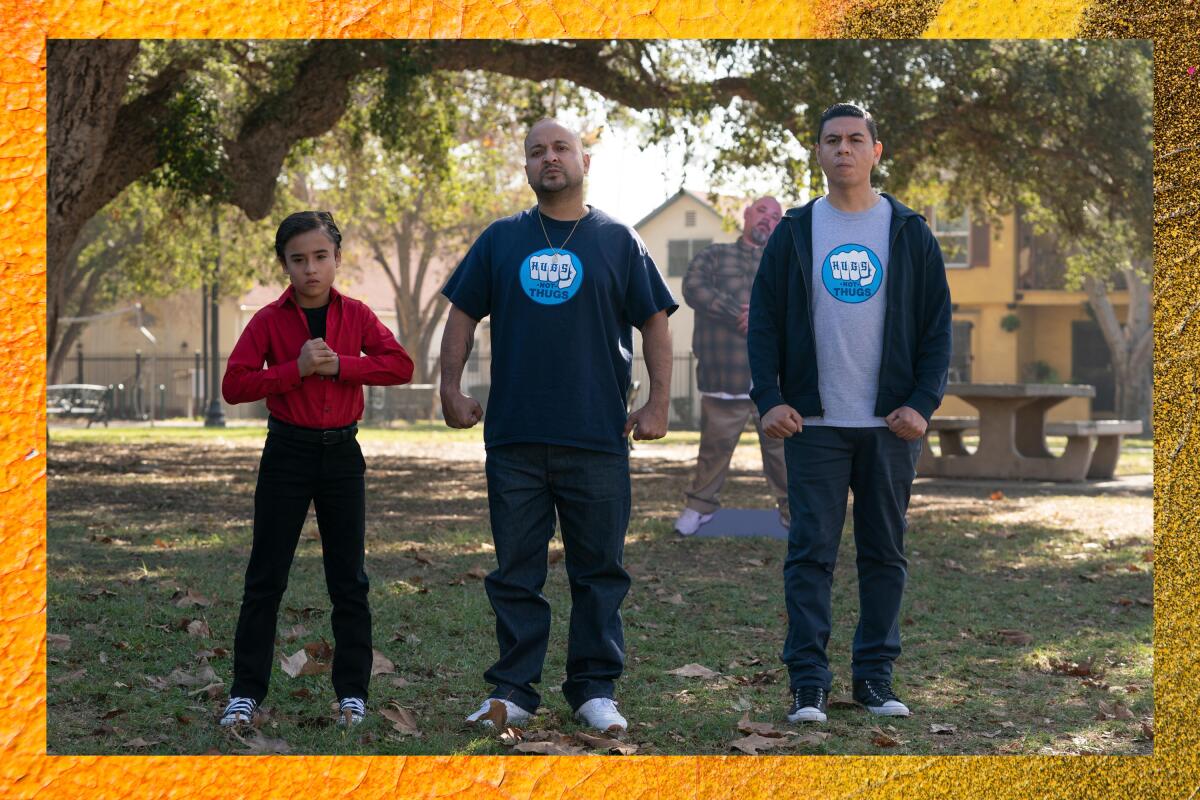
A scene from “This Fool,” starring Chris Estrada (right) and Frankie Quiñones (center)
(Martina Ibáñez-Baldor/Los Angeles Times; Hulu; Getty Images)
The first season was a parody of Homeboy Industries, down to reimagining founder Father Gregory Boyle as a foul-mouthed Unitarian Universalist minister played by Michael Imperioli. The second season took aim at hipster coffee shops, at palm trees (“People think they make the neighborhood look nice,” Estrada's black neighbor snaps when a dry leaf nearly falls on him. “But they're killing us”), billionaire vultures colonizing southern desert communities, relationships between black and Latino residents, and car chases. The LAPD's entitlement culture is also ridiculed: in one episode, officers prolong a standoff in order to earn overtime, while the rookie cop, a Latino, who wants to save the hostages is ostracized.
As good as L.A.'s other Latino-centric shows were, “This Fool” sounded and felt like the city in a way they didn't. the Spanish is country – country – while the English have the tough tone of someone who grew up on Vermont Avenue. In the vein of Lear's working-class comedies of the 1970s, he praised the protagonists' common sense without shying away from their struggles. Everyone rushed to do it, from the homeless man who thinks he's James Bond to the old woman selling flowers next to him. Characters take overcrowded buses to low-paying jobs, or wake up to the neighborhood rooster crowing at dawn.
The Los Angeles depicted in “This Fool” was a rugged paradise. The soundtrack ranged from rock in Spanish to oldies but goodies, ska, hardcore punk, ranchera and, of course, Randy Newman's “I Love LA,” but this time running down Slauson Avenue instead of Santa Monica Boulevard.
America doesn't care about a hyperlocal TV series starring people of color. “Reservation Dogs” and “Insecure,” Issa Rae’s own ode to South Los Angeles, became critical and ratings favorites due to their cultural and regional specificity. So why didn't that happen with “This Fool” and similar shows about Latinos in Los Angeles?
The most watched shows among Latinos on streaming, cable and digital platforms in the 2021-22 season were “Chicago PD,” “When Calls the Heart” and “Stranger Things,” according to the latest report from UCLA, a Windy procedure City, a drama set in frontier-era Canada and a supernatural thriller. If I were a studio executive looking to attract more Latino viewers, my conclusion would be that they will watch anything. but his own daily life.
Estrada is a nice guy who was the guest judge at my annual KCRW Tortilla Tournament (no payment was exchanged, just tortillas). He and others who have invested so much time and attention into their Hollywood projects are too polite to criticize viewers in their own community who didn't show up to see them. I am not.
Hello, fools: next time a Latin show comes on, tune in. When it gets canceled because too many of you didn't, don't blame Hollywood. Blame ourselves.

